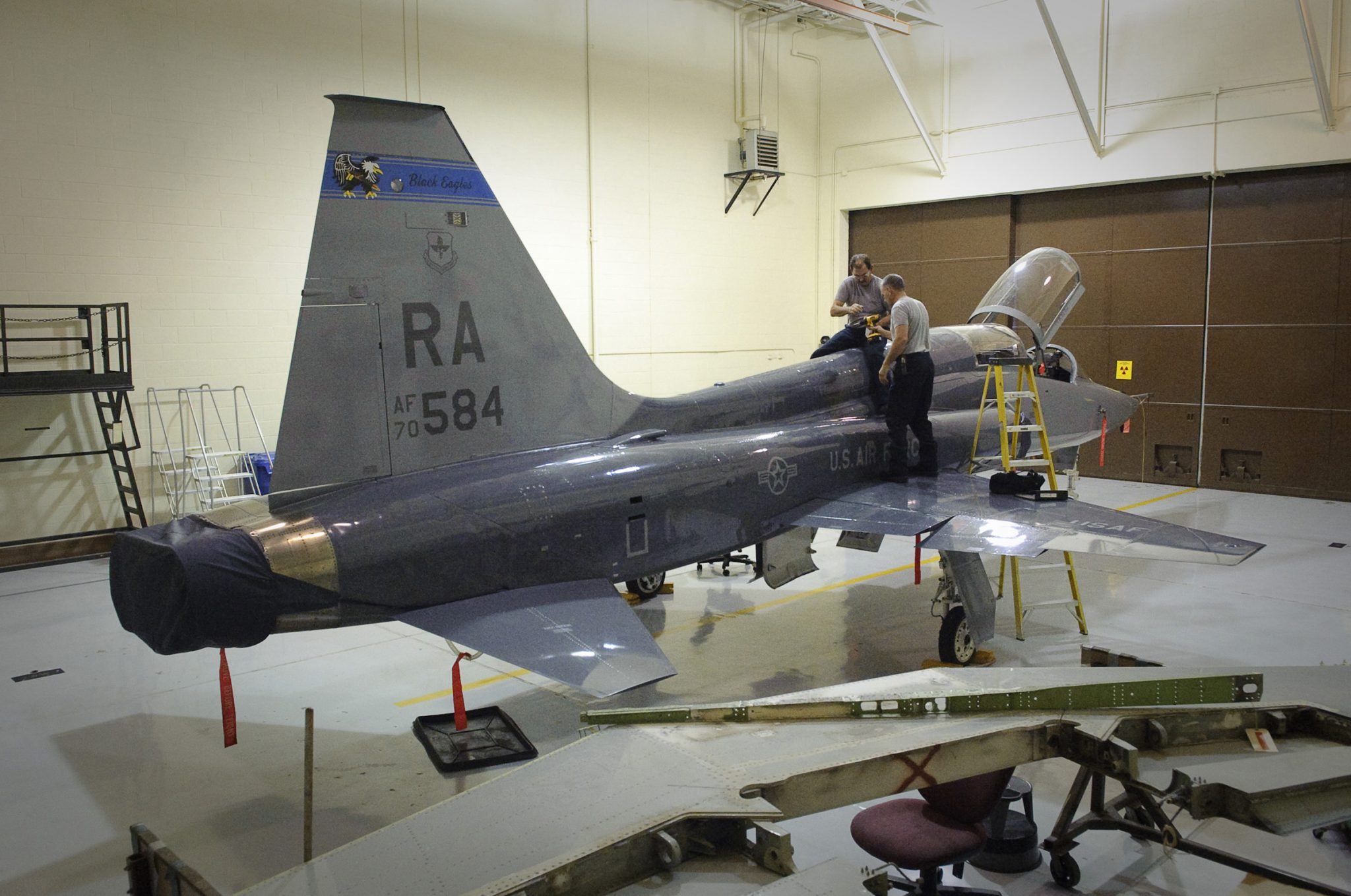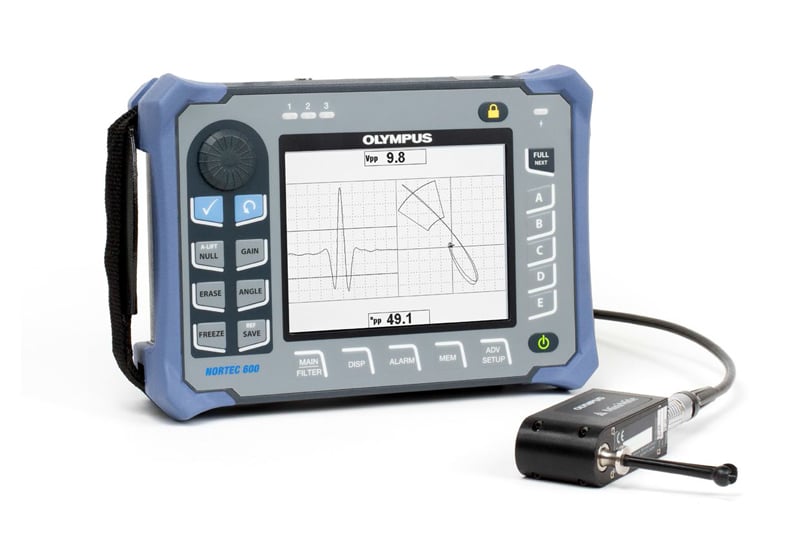Improve The Long Term Reliability Of Aircraft With Eddy Current Testing

The aviation industry is big business – and growing.
In 2016, 3.8 billion passengers took to the skies – an increase of close to six percent on the previous year – with 54.9 million tonnes of goods transported as air cargo. This year, passenger numbers are estimated to grow by a further 7.4 per cent with global air travel expected to continue its upward trajectory right through to 2030.
Clearly, safety and reliability are critical.
On a daily basis, non destructive testing (NDT) plays a huge role in both the manufacturing process of aircraft and components, as well as in the maintenance of aircraft that are in service. NDT is essential for assessing the integrity of a structure or component without damaging it or permanent altering the materials or components and ensuring that any defective parts are removed before they enter service.
NDT also plays a significant role in keeping costs down by identifying necessary repairs and eliminating any needless work. An expertly tailored inspection and testing programme will facilitate fast maintenance turnaround times which will get aircraft back in service faster and reduce unnecessary and costly downtime.
This blog deals specifically with Eddy Current Testing (ECT) and the crucial part it plays in the smooth, safe and reliable operation of the aviation and aerospace industry.
No aviation or aerospace maintenance programme can function without ECT.
Yes, it is a fairly complex technology which is based on the physics principle of electromagnetic induction and it has a reputation for being difficult to understand, but there really is no other technology that has the same functionality when it comes to detecting flaws in conductive materials.
In aviation, ECT is widely used for inspecting thin metal such as metal sheets and tubing for potential safety-related or quality-related problems. In addition to crack detection, it can be used for certain metal thickness measurements such as identifying corrosion under aircraft skin, determining conductivity, metal hardness and monitoring the effects of heat treatment.
To understand the role that ECT plays in improving the long-term reliability of aircraft, it’s prudent to look at the pros and cons of the technology.
The advantages of ECT are:
- Sensitive to small defects (0.5mm long) which are at right angles to the surface
- Can detect defects through several layers of non-conductive material and surface coatings (eg paint and sealants)
- Fast and accurate
- Can test large volumes of material quickly
- Can scan large areas of the aircraft in a single-probe pass whilst maintaining a high resolution
- The process can be automated, enabling the quick and reliable inspection of parts that are relatively uniform
- Minimal preparation time or pre-cleaning required
- Enhanced portability due to lightweight, compact equipment
- Leading edge instruments offer enhanced imaging for flaw detection and sizing, data archiving, and reporting capabilities of eddy current array instruments.
The disadvantages of eddy current testing are:
- Susceptible to changes in magnetic permeability
- Only effective on conductive materials
- The surface to be tested must be accessible to the ECT probe
- Limited depth of penetration
- Won’t detect flaws that aren’t parallel to the surface
- Not always suitable for complex geometries
- A rough surface finish of the component or material may be problematic
One of the primary causes of cracks in the thinner metal materials on an aircraft is cyclical fatigue – and engineers are able to use fast, cost-effective ECT technology to evaluate these for size, growth, speed of growth and their potential to cause damage. Eddy current testing is also used in the aviation and aerospace industries for material sorting, wall thickness assessment, hole inspection, wheel inspection and corrosion-detection – all of which are critical issues in maintaining the reliable and safe performance of the aircraft.
ECT fulfils diverse inspection requirements across many areas of aircraft manufacture and maintenance – and is particularly effective when monitoring the growth of cracks and detecting flaws before they become critical. To find out more about how eddy current technology enables the aviation industry to maintain extremely high safety and reliability standards, talk to us.

